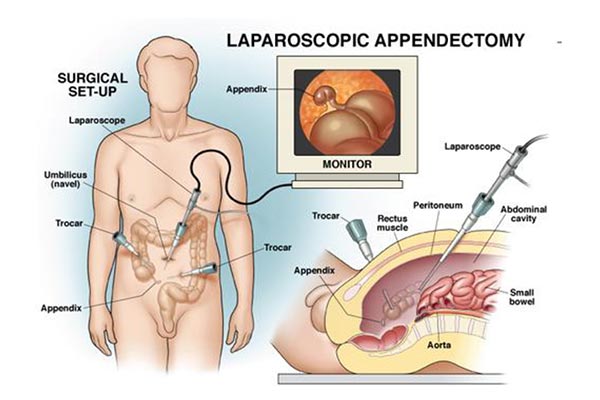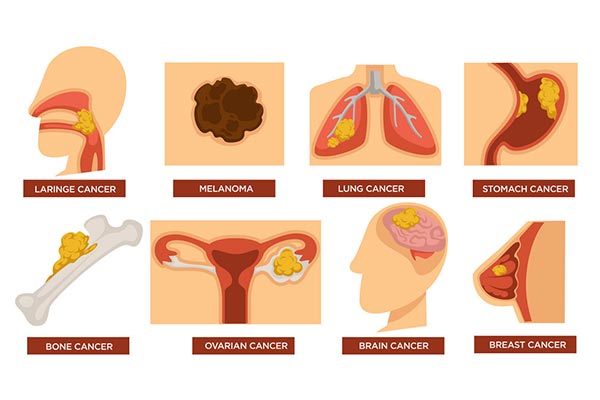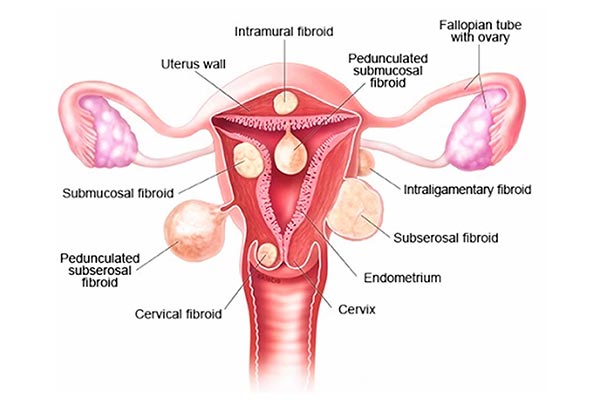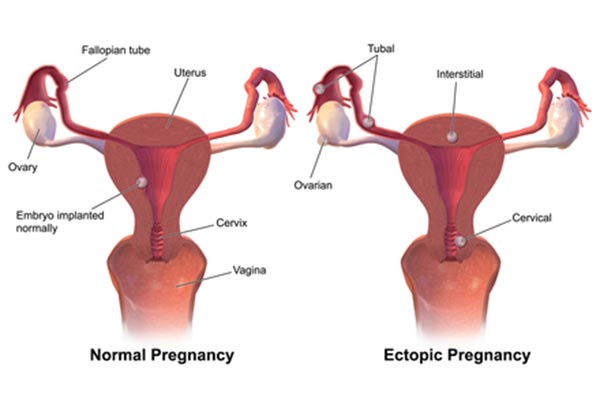LAPAROSCOPIC SURGERY SERVICES

Laparoscopic Cholecystectomy
Laparoscopic cholecystectomy is minimally invasive surgery to remove the gallbladder. It helps people when gallstones cause inflammation, pain or infection. The surgery involves a few small incisions, and most people go home the same day and soon return to normal activities.

Appendicectomy
Appendicectomy is a surgical procedure to remove the appendix from the abdomen. It can be performed either with a small incision on the abdomen or laparoscopically (key hole surgery). Below is a graphical representation of the Appendix.

Abdominal & Inguinal Hernia
Laparoscopic hernia repair is similar to other laparoscopic procedures. General anesthesia is given, and a small cut (incision) is made in or just below the navel. The belly is inflated with air so that the surgeon can see the organs in the belly.

Laparoscopic Hysterectomy
Cancer surgery removes the tumor and nearby tissue during an operation. A doctor who treats cancer with surgery is called a surgical oncologist. Surgery is the oldest type of cancer treatment.

Myomectomy
A myomectomy is an operation to remove fibroids while preserving the uterus. For women who have fibroid symptoms and want to have children in the future, myomectomy is the best treatment option.

Cystectomy
Cystectomy is the surgical removal of all or part of the bladder. It is used to treat bladder cancer that has spread into the bladder wall or to treat cancer that has come back (recurred) following initial treatment. Partial cystectomy is the removal of part of the bladder.

Laparoscopic Ectopic Surgery
In these procedure, a small incision is made in the abdomen, near or in the navel. Next, your doctor uses a thin tube equipped with a camera lens and light (laparoscope) to view the tubal area. In a salpingostomy, the ectopic pregnancy is removed and the tube left to heal on its own.
